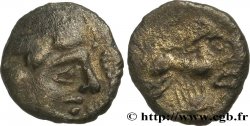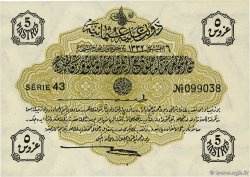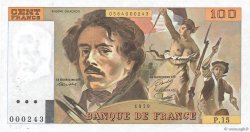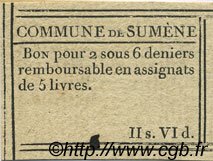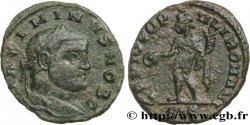MONNAIES 34 (2008)
Starting price : 500.00 €
Estimate : 900.00 €
Realised price : 529.00 €
Number of bids : 2
Maximum bid : 529.00 €
Starting price : 500.00 €
Estimate : 900.00 €
Realised price : 529.00 €
Number of bids : 2
Maximum bid : 529.00 €
Type : Statère d’électrum à la main
Date: Ier siècle avant J.-C.
Mint name / Town : Poitiers (86)
Metal : electrum
Diameter : 22,5 mm
Orientation dies : 4 h.
Weight : 6,77 g.
Rarity : R1
Coments on the condition:
Exemplaire en or rose frappé sur un flan large, mais avec des coins usagés. Droit et revers complets et plutôt bien centrés. Faiblesse de frappe au revers
Catalogue references :
Obverse
Obverse legend : ANÉPIGRAPHE.
Obverse description : Tête (d’Ogmius) à droite, le nez droit, la chevelure en grosses mèches, d’où partent des cordons perlés ; un symbole en forme de joug devant la bouche.
Reverse
Reverse legend : ANÉPIGRAPHE.
Reverse description : Aurige tenant une couronne dirigeant à droite un cheval androcéphale casqué ; dessous, une main sur un joug.
Commentary
Cet exemplaire semble avoir été frappé avec les mêmes coins de droit et de revers que le n° 707 de MONNAIES 29.
Dans le Nouvel Atlas, plus d'une quinzaine de statères de ce type sont référencés, appartenant à deux groupes distincts selon le type, armoricain ou aquitanique. Les différentes classes sont typologiquement très proches ; leur succession, "fondée sur l'évolution des poids moyens, peut avoir valeur de séquence chronologique, sans doute sur un laps de temps très court".
Dans le Nouvel Atlas, plus d'une quinzaine de statères de ce type sont référencés, appartenant à deux groupes distincts selon le type, armoricain ou aquitanique. Les différentes classes sont typologiquement très proches ; leur succession, "fondée sur l'évolution des poids moyens, peut avoir valeur de séquence chronologique, sans doute sur un laps de temps très court".







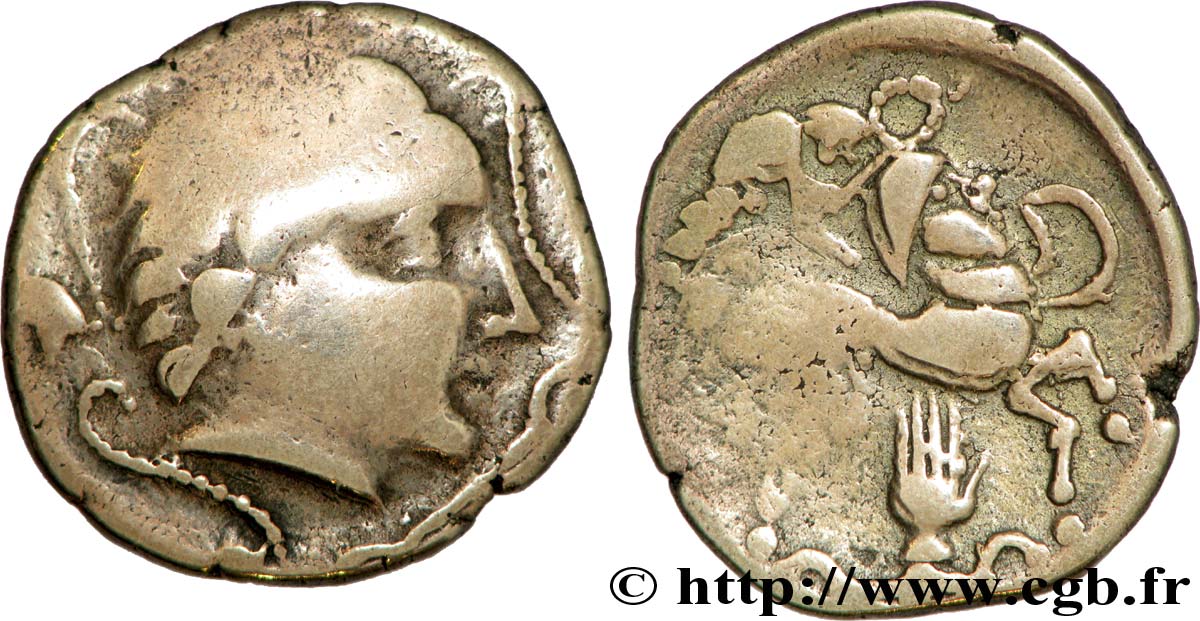
 Report a mistake
Report a mistake Print the page
Print the page Share my selection
Share my selection Ask a question
Ask a question Consign / sell
Consign / sell
 Full data
Full data


